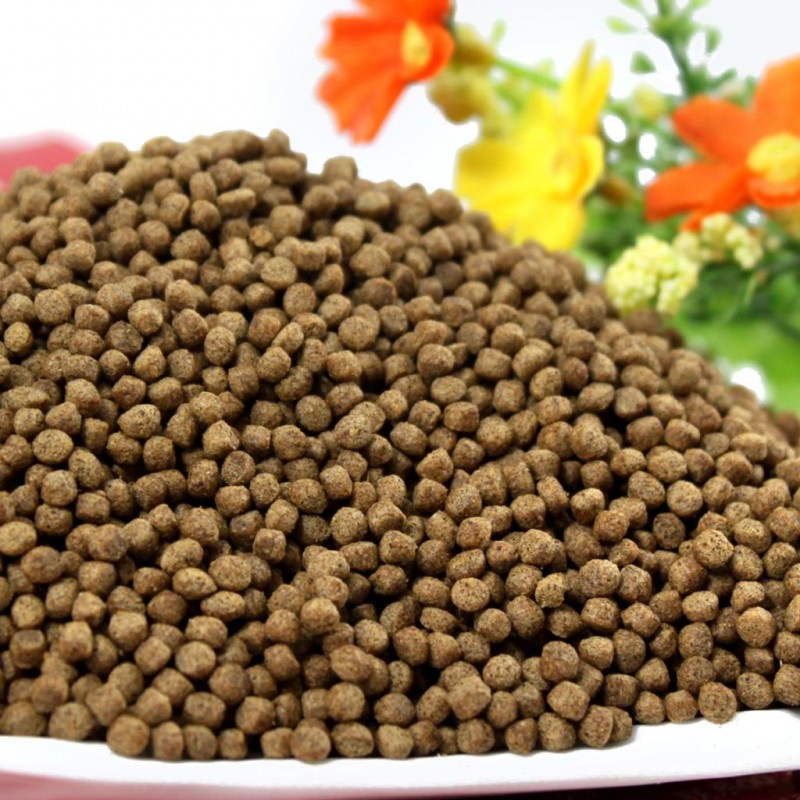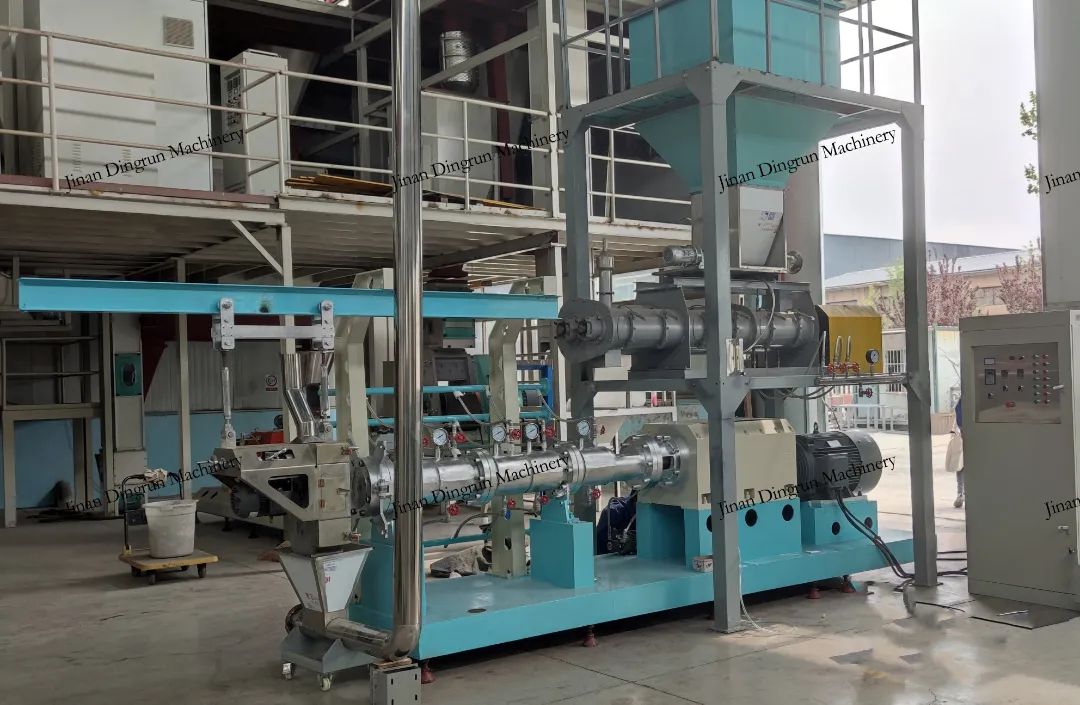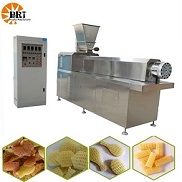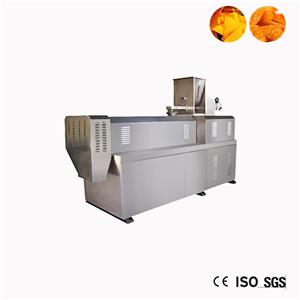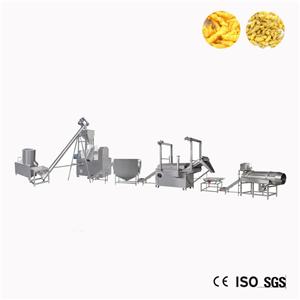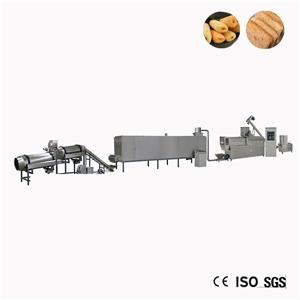Introduction and development prospect of expanded feed
Expansion knowledge class
Twin-screw extruder
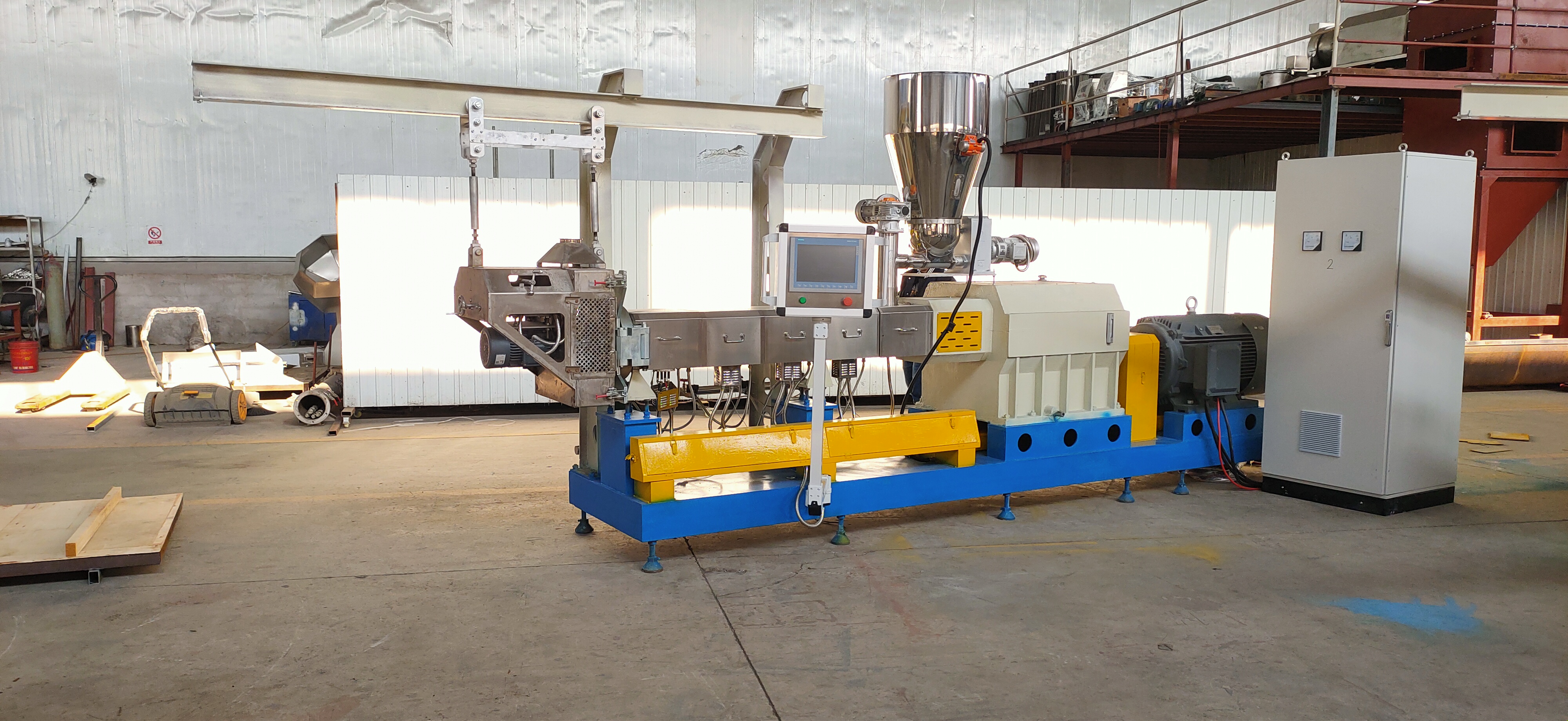
Expanded feed is a kind of expanded and porous feed after the feed is expanded. Extrusion is a processing technology that reduces the pressure of the material after high-temperature and high-pressure treatment, and changes some physical and chemical properties of the material by using the instantaneous evaporation of water or the expansion characteristics of the material itself. It is divided into air puffing and extrusion puffing. After the expansion treatment of feed, the degree of starch gelatinization, the change of long chain structure of protein, fat and other organic substances into short chain structure increases, the damage of very soft fiber structure and cell wall, the damage of mustard mold in rapeseed meal, cottonseed mold in cottonseed meal, as well as the anti-trypsin and other harmful and growth inhibiting factors in soybean meal are easier to digest. At the same time, it overcomes the disadvantages of traditional powdered formula feed and pellet feed, such as poor stability in water, fast settling speed, and easy to cause feed loss and waste. The expansion effect is affected by factors such as raw material ratio, starch content, moisture content, and expansion temperature. In combination with the expansion characteristics, it is necessary to ensure that the starch raw material in the raw material formula is more than 20%, and the additive is resistant to high temperature, or increase the dosage.
Aquatic expanded fish and shrimp feed
Type:Floating/sinking
Equipment: twin-screw aquatic feed extruder
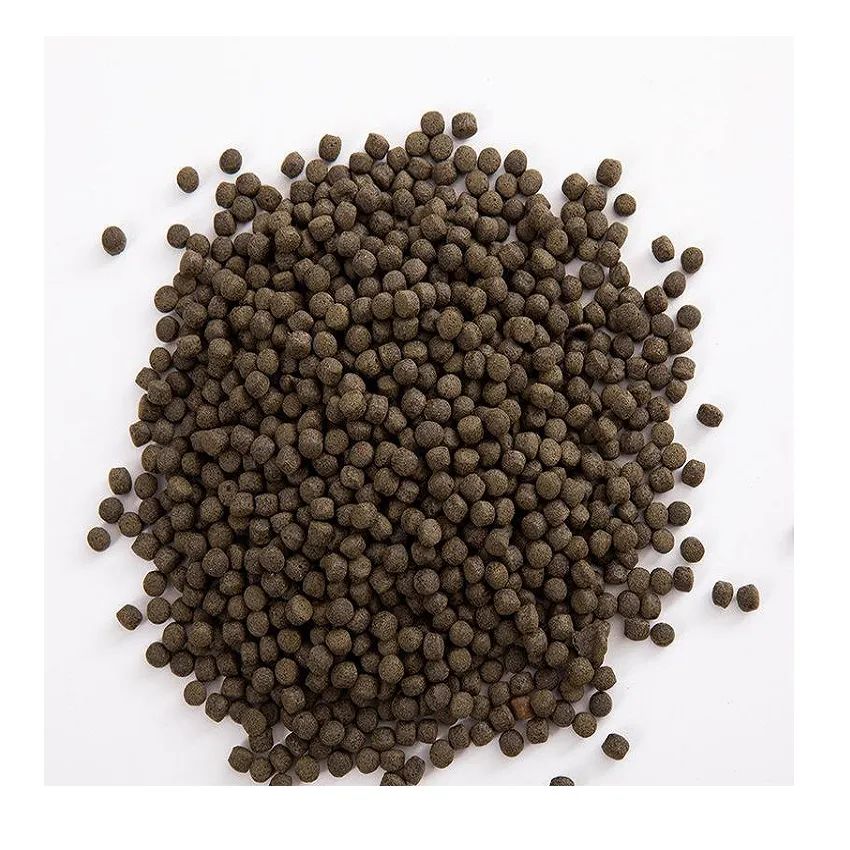
01 Increase in production and efficiency
Expanded aquatic feed can float on the water for a long time, which is convenient for feeding and management, and is conducive to labor saving; The powder produced by puffed feed is generally less than 1%, and the floating time of high-quality floating fish feed is generally up to 2 hours. In general, compared with powder feed or other pellet feed, it can save 5~10% of feed, and it is easy to observe and control the feeding, reducing the pollution of powder feed and residual bait to water.
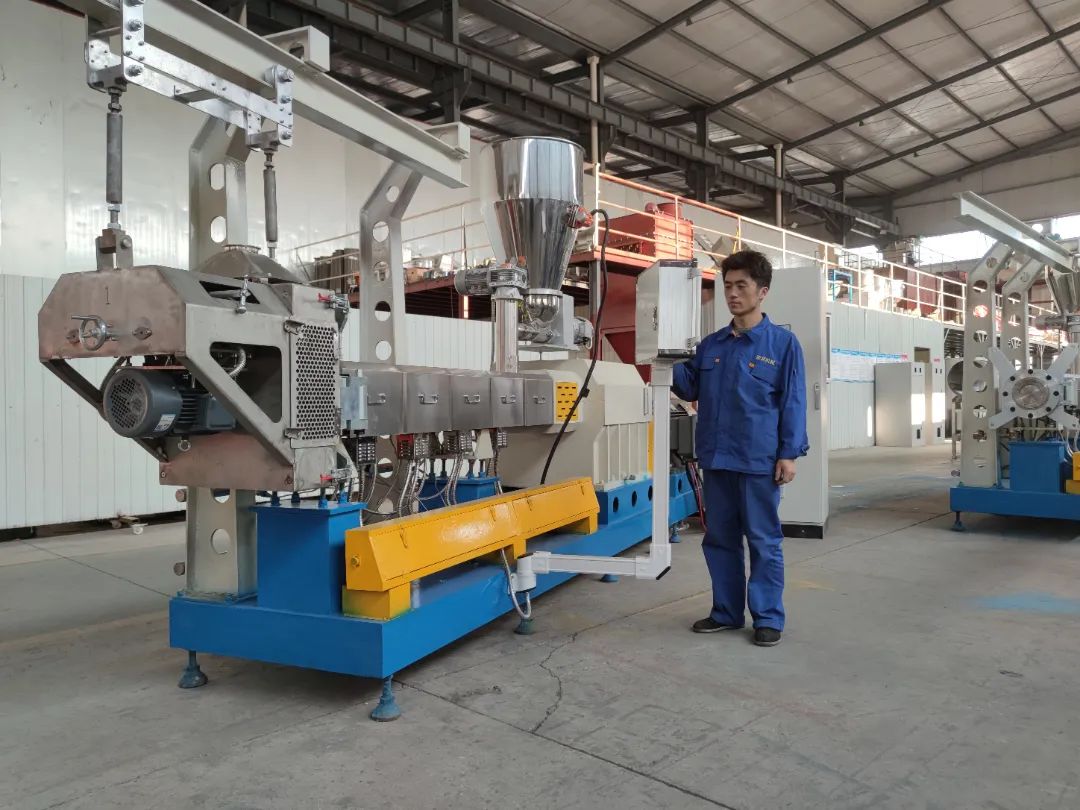
02 Applicable scope of expanded feed
In terms of farming methods, floating fish feed can be used for pond fish farming, paddy field fish farming, running water fish farming, cage fish farming, factory fish farming, and large surface intensive farming, which has wide applicability,. In terms of breeding species, except for a few benthic fish that are extremely difficult to domesticate to the water surface for feeding, they can well feed on floating fish feed, such as perch, snakehead, ornamental fish, American frog, turtle, turtle, catfish and other famous and excellent species, as well as conventional grass carp, carp, crucian carp and other species. For species such as American frog and bass with special physiological functions, it is more convenient to breed them with floating feed, which can show its advantages. The breeders with insufficient breeding experience and extensive management should choose floating feed. Some carnivorous fish that like darkness and fear light need to be domesticated or fed at night when using floating expanded feed. For a small number of benthic fish that are extremely difficult to domesticate to the water surface for feeding, it is better not to use floating expanded feed, but to choose sinking or slow sinking expanded feed.
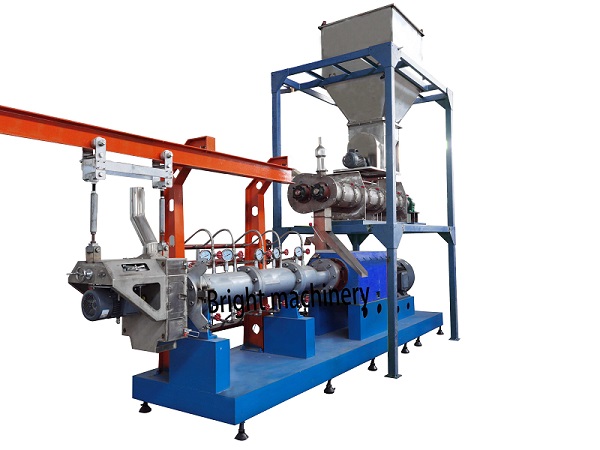
03 Advantages of expanded feed
Denaturation of fat
Extrusion processing destroys the cell wall structure of oilseeds and releases the oil. This processing method can improve the utilization rate of oil. Extrusion can also form complex products (lipoproteins) or (lipopolysaccharide) with fat and starch or protein, reduce the content of free fatty acids, inactivate esterase, inhibit the degradation of oil, reduce the rancidity of oil components in the process of product storage and transportation, and is beneficial to the long-term storage of feed.
Increase palatability and digestibility
The expanded feed is small in grain size, crisp, and emits a scorched flavor, and its palatability is improved. The expanded feed has a loose and disordered structure. This change provides a larger contact area for the enzyme, is conducive to the contact of starch chain, peptide chain and digestive enzyme, and is conducive to the digestion and absorption of the feed, thus improving the digestibility of the feed.
Improve fiber solubility
Extrusion can greatly reduce the content of crude fiber in feed. Through extrusion technology, due to the instant expansion from high temperature and high pressure to the outlet, the lignin in the intercellular substance and in the cell wall is melted, some hydrogen bonds are broken, the macromolecular substances are decomposed into low molecular substances, and the original compact structure becomes fluffy, and some digestible substances are released, thus improving the utilization rate of feed.
It is beneficial to feed storage and prolongs feed shelf life
Under the action of high temperature, high pressure and expansion, the material kills the content of mold, bacteria and fungi in the raw material, thus improving the hygienic quality of the feed, and effectively reducing the occurrence of animal diarrhea, gastroenteritis and diarrhea.
